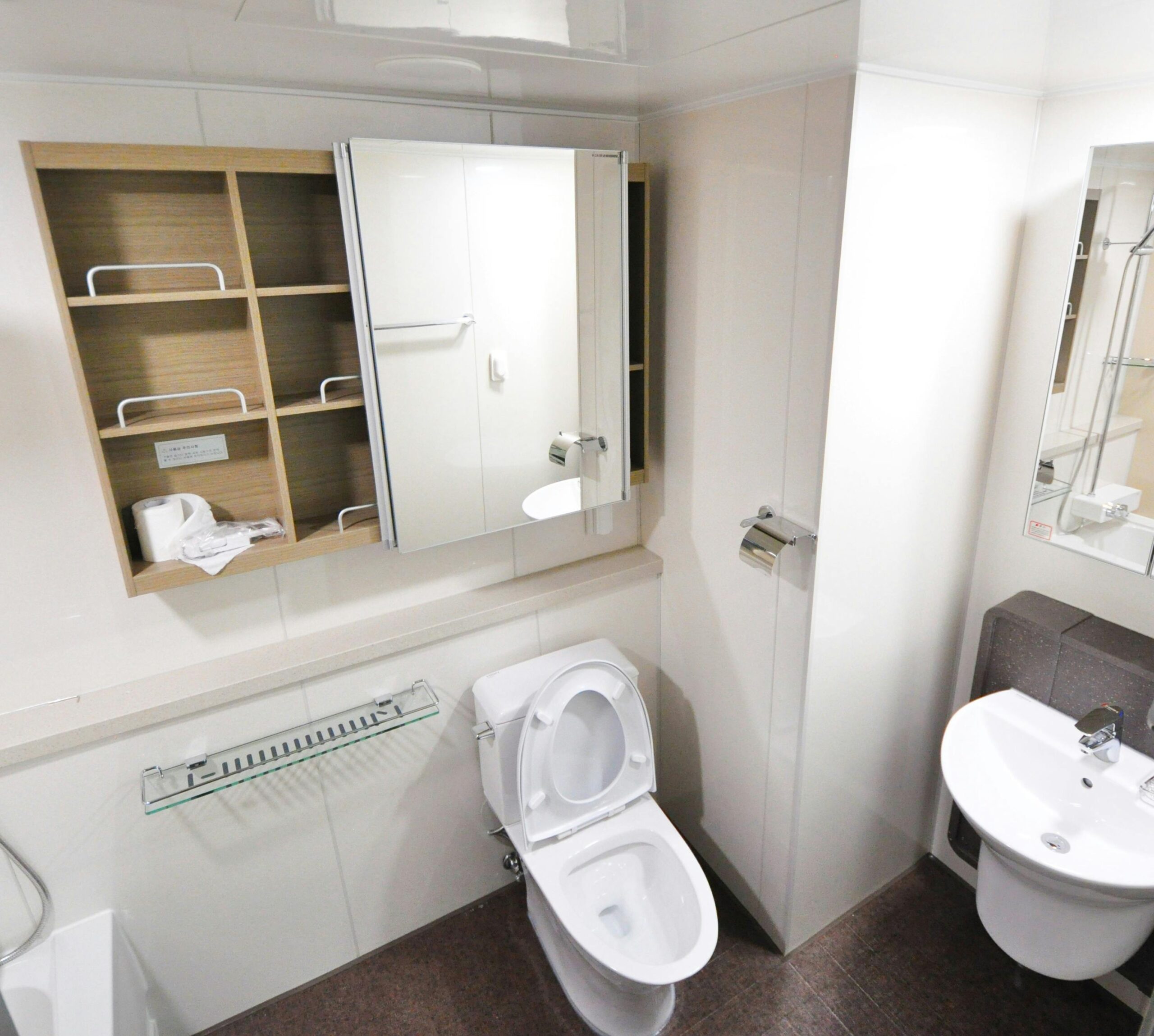Ever had a running toilet issue that would not go away? Well, you’re not alone. Many homeowners often face this common plumbing issue. Continuous flushing or hissing noises may be unsettling, but the good news is, you do not have to be a professional plumber to fix a running toilet. This blog post aims at providing you with a simple cheat sheet so you can handle this task yourself confidently and efficiently.
The Problem of a Running Toilet
While it may seem trivial to some, a running toilet is not just an annoyance; it’s also a significant waste of water and money. If your toilet keeps running long after you’ve flushed or if it runs intermittently throughout the day, that means it’s constantly using water. Read here about how much water can be wasted due to this problem. Knowing how to fix it yourself can save hundreds or even thousands of liters of water and keep your water bill under control.
Understanding Your Toilet Mechanisms
The first step in troubleshooting a running toilet is understanding the basic mechanisms involved in your toilet’s operation. The most important parts include the fill valve, which refills the tank; the float ball or float cup, which controls when the fill valve should close; and the flapper valve, which seals off the tank from the bowl.
Symptom: Constant Running Water
An incessantly running toilet could have issues with either the flapper or refill tube length. A worn-out flapper does not appropriately seal off the tank from the bowl, causing water to continuously leak into the bowl. Alternatively, a too-long refill tube will keep on depositing water right into the overflow pipe unnecessarily.
Fixing a Faulty Flapper
If the issue is with the flapper, you can easily replace it. Drain the tank by flushing the toilet, then simply remove this rubber part and replace it with a new one. Just make sure you buy the right kind of flapper that fits your toilet model.
Adjusting the Refill Tube Length
If your refill tube is too long, water will consistently be siphoned off into the overflow pipe, causing your toilet to run continuously. To fix this, shorten your tube so that it is only long enough to deposit water directly into the tank and not into the overflow pipe.
Symptom: Intermittent Running Water
A toilet that periodically runs and stops may have issues with the float height or fill valve. The float that’s set too high will cause water to enter the overflow pipe continually. A damaged fill valve could also cause irregular water flow into your tank.
Adjusting Float Height
If your float is set too high, lower it by adjusting the screw at the top of your fill valve. Eventually, you should reach a level where the fill valve shuts off once the tank fills to just below the overflow pipe’s top.
Replacing a Damaged Fill Valve
If you’ve determined that your fill valve is no longer working accurately, consider replacing it yourself. You can generally find a complete kit which contains simple instructions on how to exchange an old fill valve for a new one.
Calling in Professionals
If all else fails or if you’re uneasy with DIY plumbing work, then there’s no shame in calling on professional help. Keep in mind that numerous plumbing problems may appear simple on the surface but may require in-depth knowledge and intricate tools.
When to Contact a Plumber
If your running toilet issues persist even after you have tried fixing them with this guide or if you discover additional complications like leaks, then it’s time to bring in professionals. A well-qualified plumber will be able to diagnose the problem precisely and offer a long-lasting solution.
Choosing the Right Plumber
While looking for a plumber, ensure that they are licensed and insured. You should also consider their experience, reputation, and pricing before making a decision. Don’t hesitate to ask for references or go through reviews online.
Preventing Future Problems
Last but not least, prevent future problems by properly maintaining your toilets regularly. Clean the parts when necessary and inspect them for signs of wear and tear so the issues can be rectified before they result in a running toilet.
A Final Note
Fixing a running toilet is quite manageable with some basic awareness of the toilet systems, coupled with patience and precision. However, if you feel uncomfortable handling it yourself despite this cheat sheet to help, don’t hesitate to contact professional plumbers. Remember not to ignore the problem; fix your running toilet promptly to conserve water and keep your bills under control.

